Maximize visibility and provide a safer driving experience
An automotive light bar is an auxiliary lighting device which incorporates multiple light sources in one or more rows of watertight, weatherproof, ruggedly constructed assemblies. Light bars are one of the most versatile vehicle lighting products. They are used on all types of on-road and off-road vehicles to serve as driving lights, fog lights, daytime running lights, work lights or backup lights. The most important application of light bars is to serve as auxiliary driving lights that supplement high beam headlights. These linear fixtures are installed on the roof or front bumper of a vehicle to illuminate an area further and wider than the headlights are capable of.
Light bars are especially useful for higher cruising speeds and off-road terrains where they illuminate hazards and signs before they could be spotted with the original high beams only. They are often developed for the special requirements of off-road vehicles such as heavy-duty trucks, jeeps, four-wheelers, and utility vehicles which need to handle a variety of challenging environments from rugged terrain and unsurfaced roads to CCV trialing, rock crawling, cross-country off-roading, dune bashing, muddy courses and desert racing.
Harness the power of LED lighting
LED technology is now a clear choice for virtually every conceivable lighting application. Transformation to advanced LED technology opened up a world of design possibilities and pushed the boundaries of lighting performance. LED light bars, when properly designed and engineered, perform more reliably, consumes considerably less energy, deliver light more efficiently, distribute light more accurately, and last longer than any conventional lighting products.
The small size, optical directionality and high light output of LEDs allow form and function to comingle in light bars. LEDs offers exceptional light output in a small package, directing powerful illumination exactly where it’s needed on the road ahead. The solid state durability of LEDs lends light bars the ability to withstand the rough and tumble of off-roading—shock and vibration.
The spectral power distribution (SPD) of LEDs can be tailored for a particular application and, in RGB color mixing systems, can be actively controllable. The spectral controllability enables manipulation of the scotopic/photopic (S/P) ratio in white light for improved visual performance in low lighting (mesopic) conditions. The LEDs can also be spectrally engineered to emit amber or yellow amber light that has been known to be more effective in penetrating murky climates, including fog, extreme dust, and smoke.
Design and construction
The linear assembly of an LED light bar includes an array of LEDs populated on a metal core printed circuit board (MCPCB). The most common MCPCB construction consists of a copper layer that acts as a circuit layer for electrical connections, an aluminum substrate that serves as a heat spreader, and a dielectric sandwiched between two metal layers.
The high lumen output of automotive light bars is usually delivered by high power ceramic-based or CSP LEDs that are designed with extremely low thermal resistance and high operating temperature capability to support high drive current operation. Implementation of such packages in vehicle mounted lighting systems calls for higher reliability interconnects (solder joints) between the LED packages and printed circuit board because they are exposed to repeated vibration and temperature cycling.
The light emitted by the LEDs are controlled by optics that sit over the individual LEDs. These optics can be reflectors, lenses, or hybrid systems that use a combination lens and reflector to capture the maximum amount of light emitted from the LEDs and project it exactly where it is needed. The precisely controllable beams range from narrow (spot) to wide (flood) distributions. Spot beams pierce the darkness far into the distance to give the operator of a vehicle time to decide on a course of action. Light bars that have a flood beam illuminate a broad area just in front of a vehicle and some distance ahead for applications where fatigue-free driving is more important than identifying objects at a far distance.
Load regulation and EMI filtering
LEDs run natively on DC power but are sensitive to current and voltage fluctuations. An LED driver is thus required to regulate the power to the LEDs. Typically, an LED driver that operates an LED light bar is a switching power supply, implementing a DC-DC converter to provide appropriate current to drive the LEDs under supply voltage fluctuations which arise within the vehicle electric system or load variations due to changes in junction temperatures. A boost–buck converter is often used for such applications where the load voltage may be higher or lower than the supply voltage.
While switching regulation allows to compensate for voltage fluctuations and enables a high circuit efficiency, the high-speed switching operation generates much noise, thus leading to electromagnetic interference (EMI), which adversely affects the operation of surrounding circuit elements. Careful circuit board design, screening, and filtering are required to ensure the driver will meet electromagnetic compatibility (EMC) regulations. Linear power supplies which have complete absence of any EMI radiation can be used instead when EMI requirements are very demanding. However, linear regulation only works when the LED load voltage is lower than the supply voltage. The DC-DC converter often integrates a full suite of protection features, e.g., against overvoltage, undervoltage, reverse polarity, overcurrent, short circuit and overtemperature conditions to enhance the longevity of the LEDs and the device itself.
Thermal management
Light bars must be capable of withstanding the harshest working environments imaginable. The light engine is often encased in an extruded or die cast aluminum housing which provides mechanical strength and functions as the heat sink. Cooling fins may be built integrally on the back of the housing to increase effective surface area of the thermal path. An aerodynamic design may be deployed to facilitate convective thermal transfer. The thermal path should be adequately dimensioned to keep the LED junction temperature below the maximum operating temperature limit.
Corrosion and ingress protection
Chemical surface treatments provide corrosion resistance to the aluminum housing. The protective lens is made from polycarbonate. It is hard-coated for scratch and UV resistance. The products are completely sealed against the intrusion of dust, and impervious to the ingress of water. A pressure equalizing vent may be installed to allow the interior of the sealed housing to atmospherically equalize with the outside environment, which effectively prevent the internal vacuums or pressure build-ups that stress housing seals and eliminate internal condensation, while filtering out liquids and other contaminants.

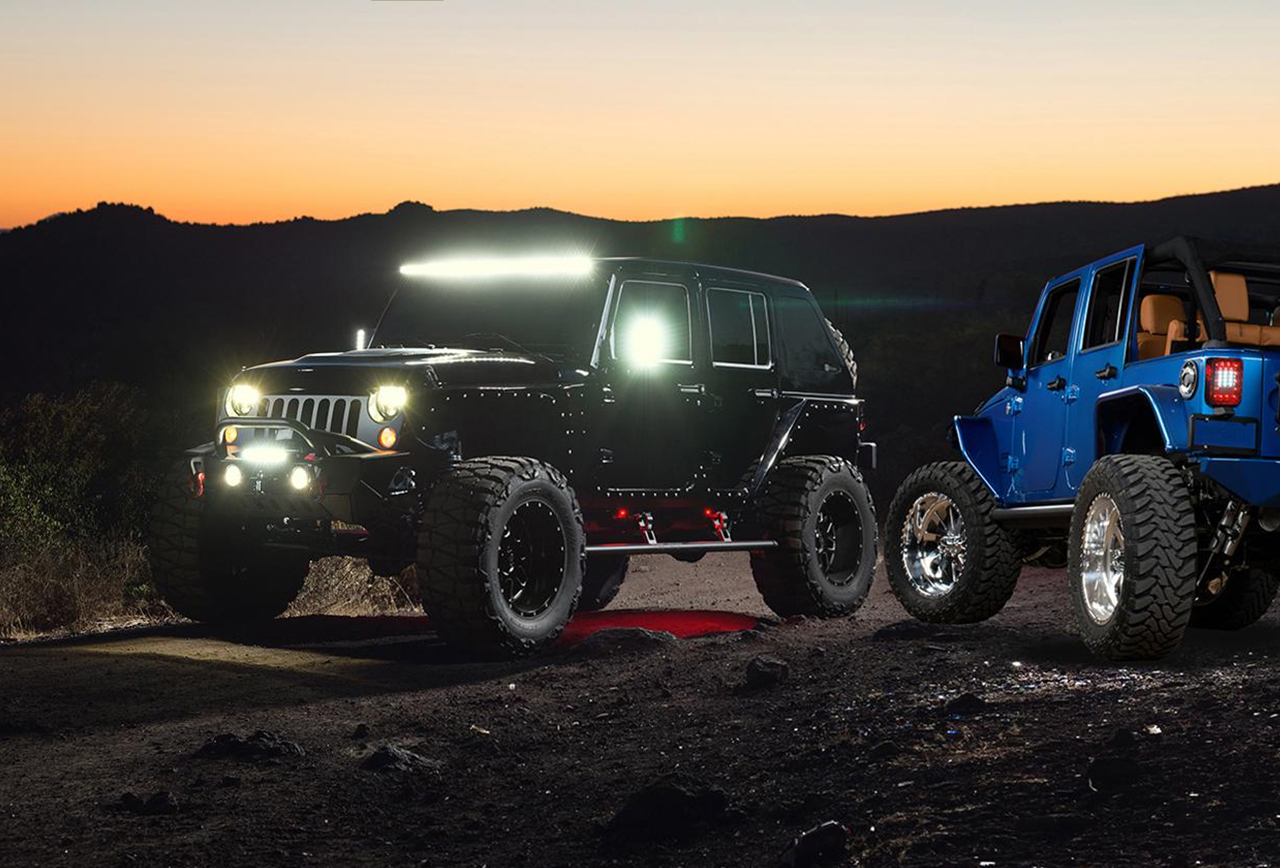
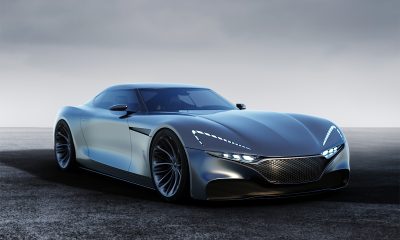
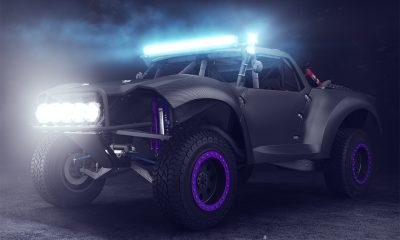
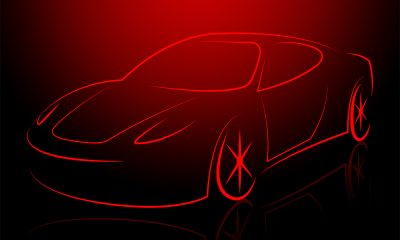
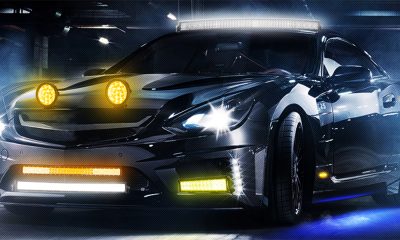
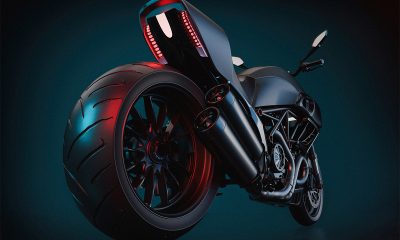

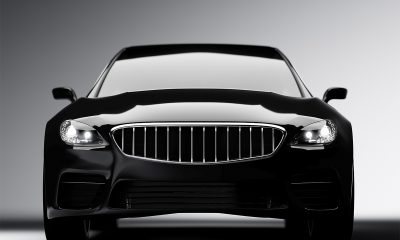
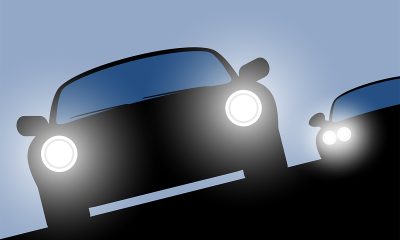
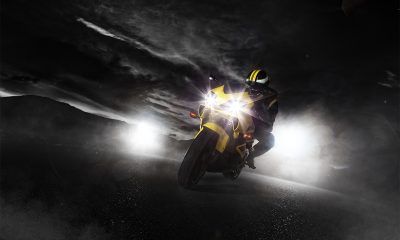
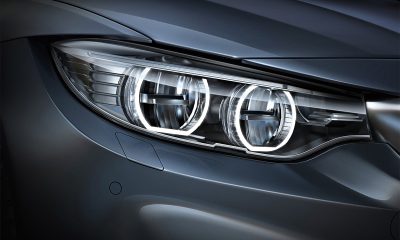
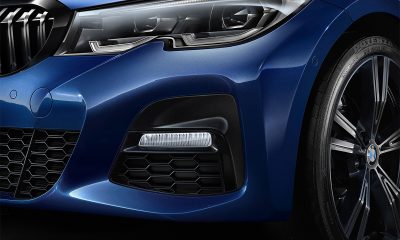
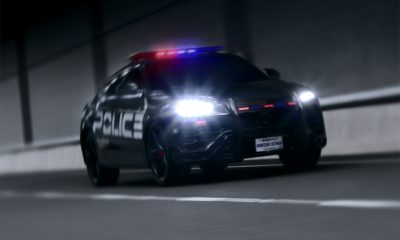





Loading...